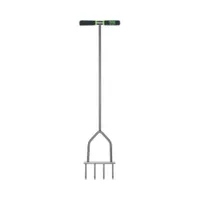Want a green garden come spring? 5 expert tips to protect your lawn this winter
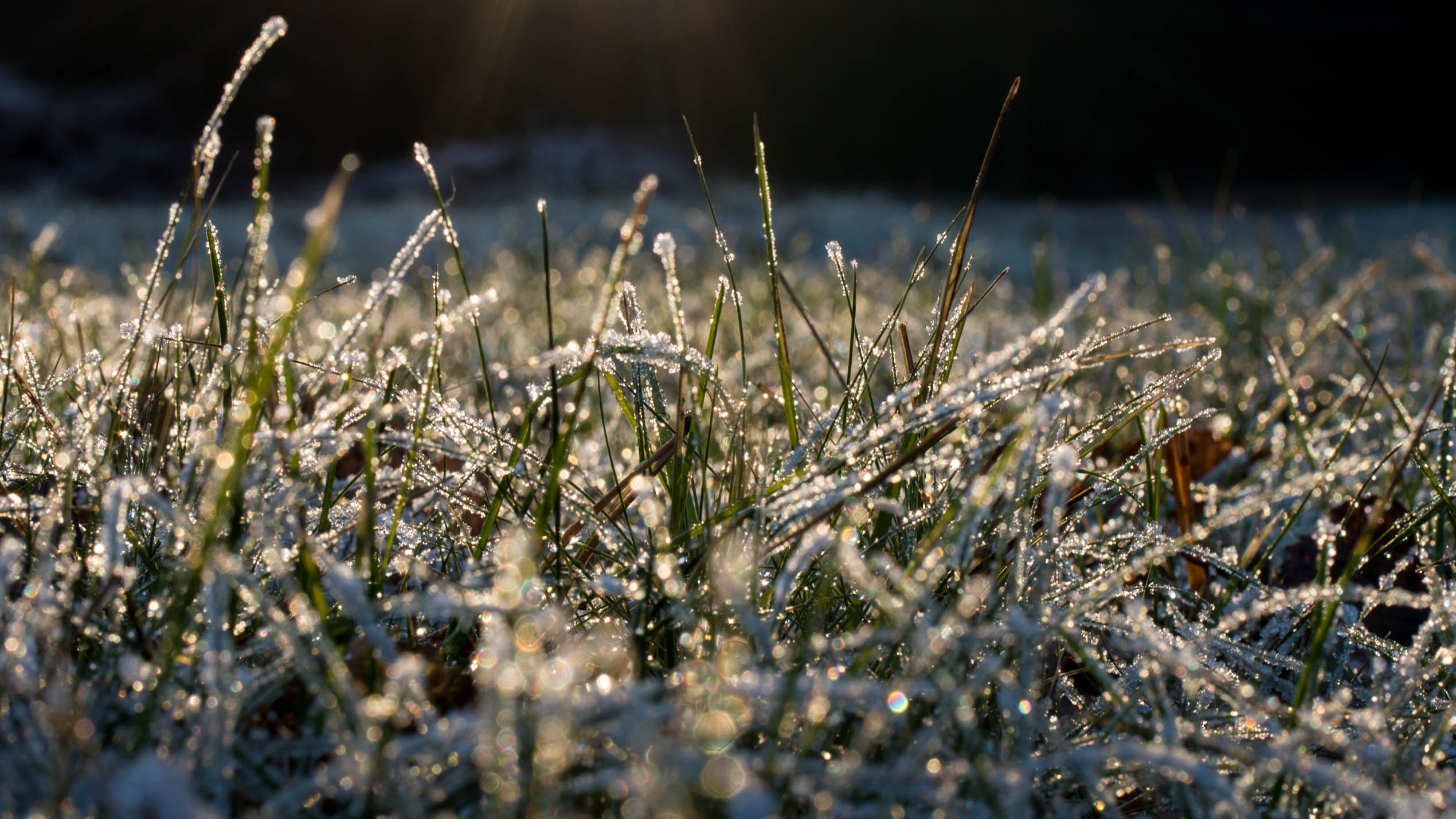
As the temperatures start to drop, and our grass looks frosty, this is a sure sign that winter will be here before you know it. And if you take pride in your lush grass, it can be tricky to know the best type of lawn care to keep it in healthy condition during the colder months.
We ask the gardening experts for their top tips to prepare your lawn ahead of winter, ensure healthy grass, and give it a better chance at surviving during tougher conditions such as rainfall, frost and even snow. So, if you want to protect your grass and keep it in top condition, follow these simple lawn care tips this winter.
Plus, here are 5 household items that can protect your plants from frost.
1. Aerate your lawn
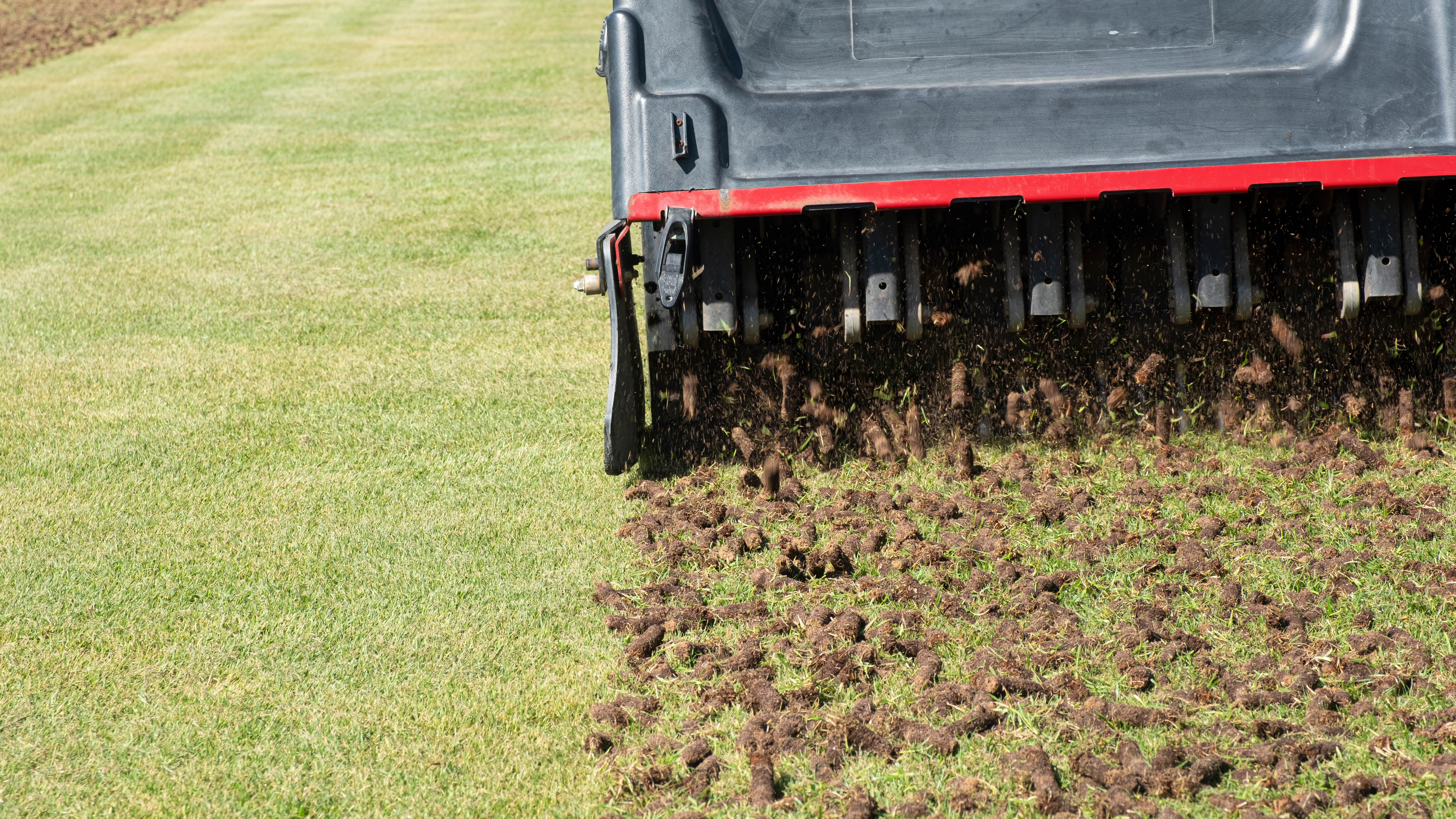
Generally, knowing how to aerate a lawn can give your yard a new lease on life, and this is especially important during fall and winter months.
“Autumn and winter will often bring with them increased rainfall, which can leave your garden feeling wet and swamp-like if it is not properly cared for and aerated frequently,” states Harry Bodell, gardening expert at PriceYourJob.co.uk.
“Regularly using aeration techniques on your grass and lawn throughout this period will make sure that it drains properly and does not suffer from pooling and waterlogging.
There are a couple of very simple ways you can do this, the most cost-effective being to use a standard garden fork. Push the fork into the soil beneath your grass to a depth of around 10-15cm and rock it back and forth to create small pockets that will encourage air, water, and improved nutrient flow to the roots. Repeat this process across your entire lawn.
Get instant access to breaking news, the hottest reviews, great deals and helpful tips.
Alternatively, you could use a specialist aerator, which, as well as being great for drainage, is also ideal for preventing unwanted lawn diseases.”
In addition, aerating your lawn also gives your grass roots more space to grow, and allows better access to much-needed nutrients. Just avoid aerating too much, or if your lawn is weakened or struggling, or you could make things worse. For more advice, check out these 9 signs your lawn needs aerating.
Measuring 36 inches high, this lawn aerator has an ergonomic design to save you bending while caring for your lawn. Its simple design with 13 spikes, will create better air circulation in your soil, increasing water and nutrient absorption.
2. Reduce and then stop mowing
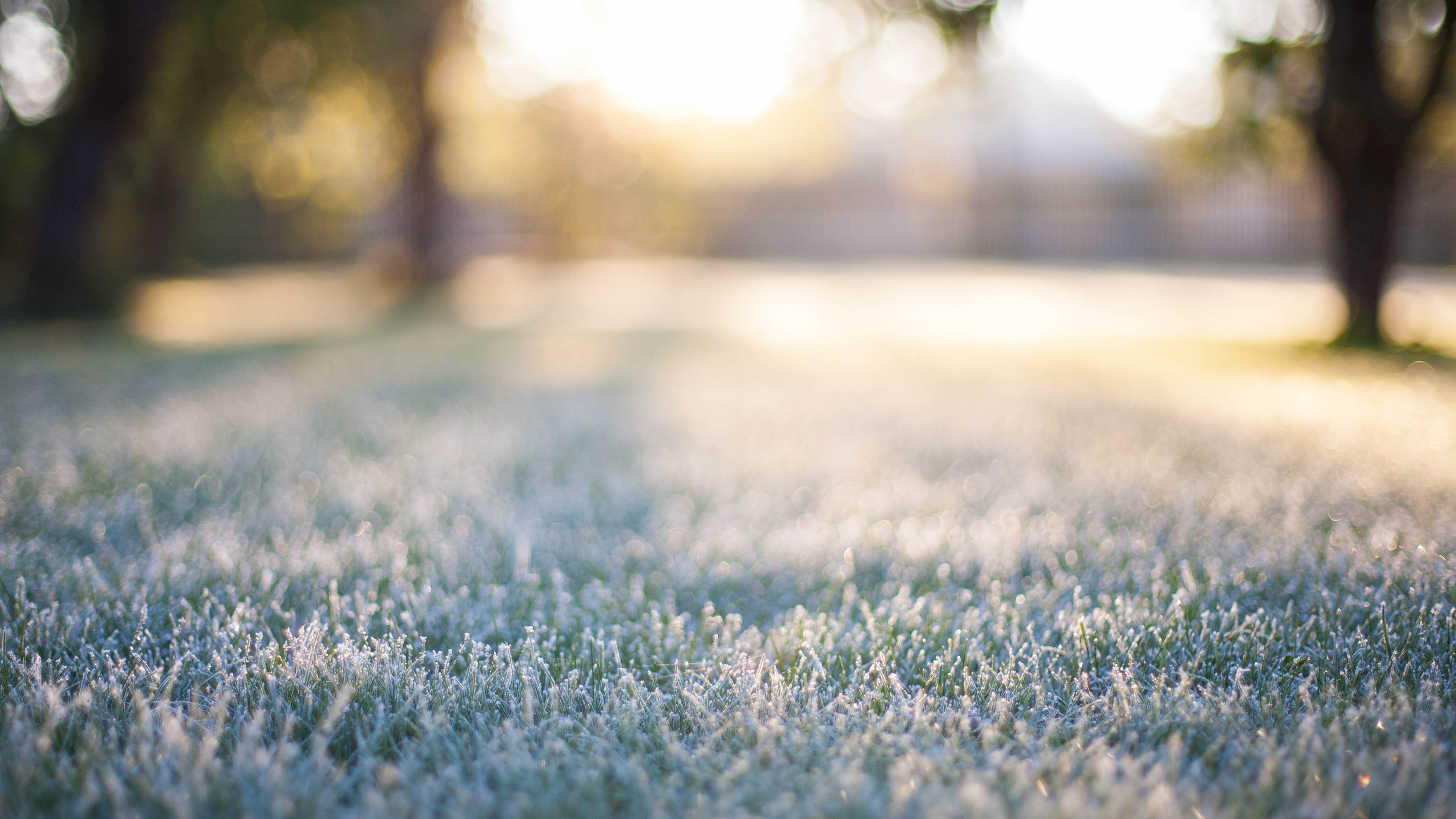
Although you might want to maintain a neat and tidy lawn all year round, another tip is to reduce the frequency of mowing.
“During the colder months, you’ll want to gradually decrease the amount of mowing that you do as the grass growth begins to slow down,” agrees Angelika Zaber, Lawn Care Specialist and Gardening Expert at Online Turf. “ If you’re frequently mowing your lawn without giving the grass time to grow back, you can scalp your lawn, resulting in patchy and dead areas.
“The last mow should then be completed before the temperatures drop below 10°C. Depending on your climate, this is usually between October and November. Make sure to raise the mower’s height beforehand as the longer grass blades will help to protect your lawn from the frost and cold temperatures in winter, and choose a mild, dry day. Never mow a wet lawn as this is likely going to damage its grass blades, weakening it and making it look unkempt.”
When you do mow your lawn however, ensure you’re not cutting the grass too short, and make sure you raise the cut to the highest setting to protect your grass as best as possible. "The key is to adjust as temperatures drop," adds Brian Feldman, Director of Technical Operations at TruGreen. "We suggest continuing to mow as long as grass growth continues and at the same time gradually lowering mower blade height through late fall.”
3. Don’t walk on a frosty lawn
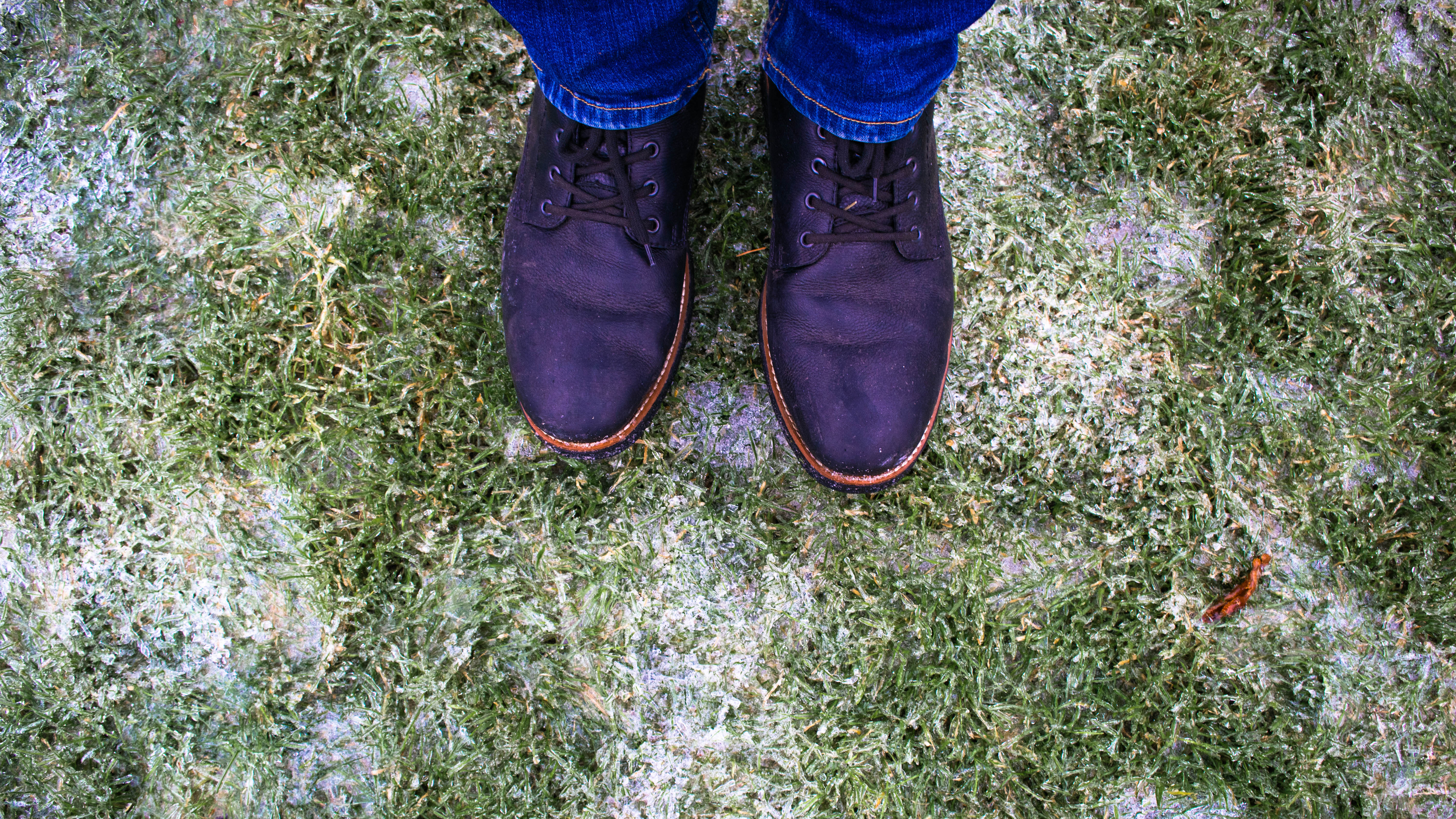
Another common mistake we often make during winter is walking across frosty grass. According to experts, this is a no-no, and can cause damage to the grass blades when you apply any foot pressure.
“Avoid walking on frosty or waterlogged grass, as frozen blades are brittle and easily damaged, and keep heavy furniture or vehicles off the lawn to prevent compaction,” states Chris Taylor, lawn expert at Chris Taylor Gardening.
“If drainage is poor, spike soggy areas or add sand to improve runoff, and treat moss early with an iron-based moss killer. Edging the lawn before winter, keeping pets off frozen turf, and gently brushing away heavy snow on ornamental lawns can all help prevent bare patches and disease. With just a little seasonal care, your lawn will come through winter healthier, greener, and ready to thrive when spring arrives.”
4. Add fertilizers and soil amendments
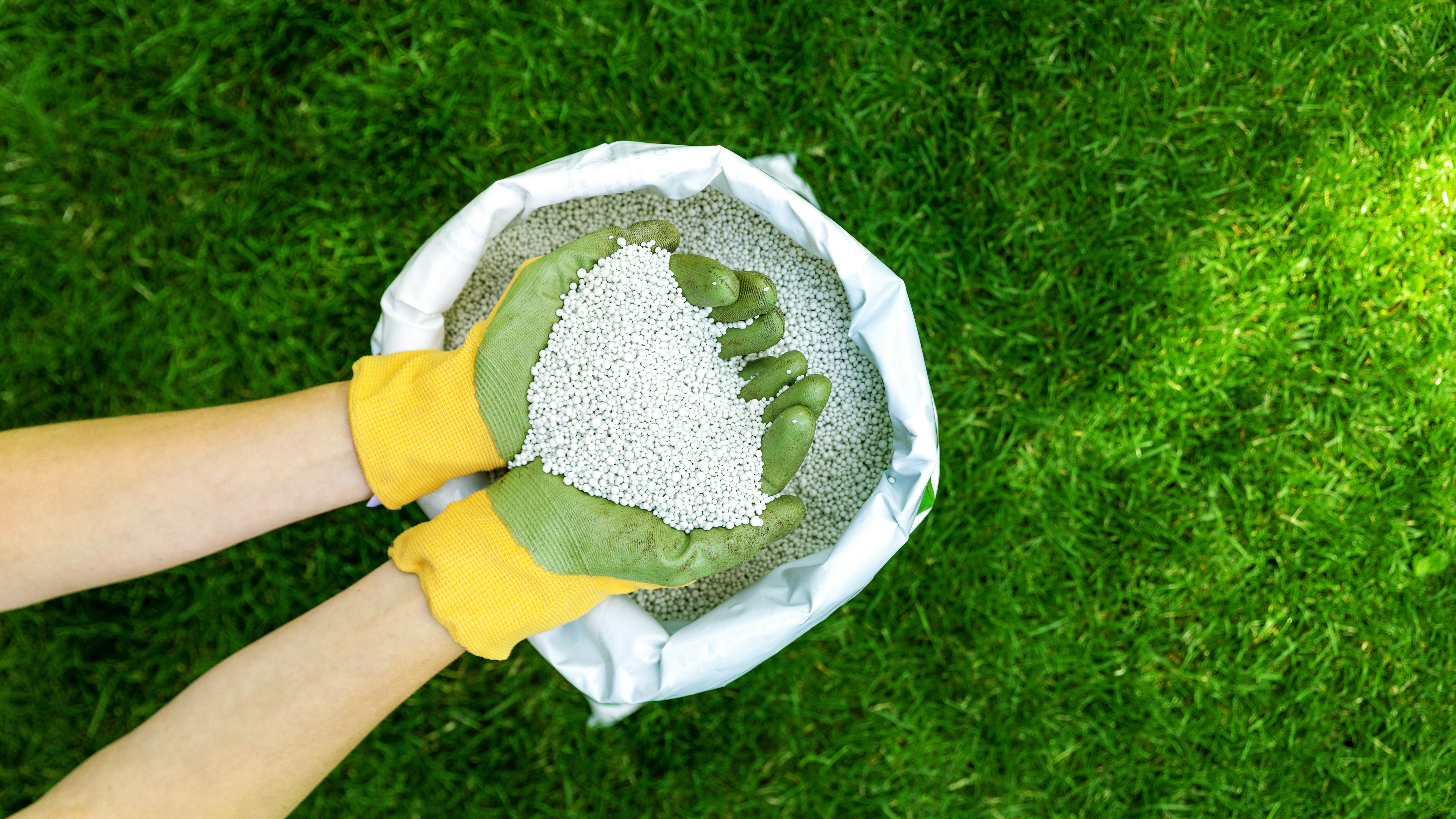
“The best way to add potassium is to use liquid Sea Kelp, which is naturally high in potassium and root building cytokinins,”advises Craig Elworthy, founder of Lawnbright.
“Potassium helps the plants resilience to harsh conditions, and should be used in abundance in the mid to late fall, as the lawn is preparing for the extreme temps of winter and dormancy.
Even after the first frost you can keep mowing to get the leaves off the lawn. Leaves will mat down over the course of the winter and kill off the lawn, so keep mowing! In many cases, this means you’ll be mowing straight through October to early November.”
Bear in mind that you need to fertilize before your grass is dormant. When the grass is dormant it won’t be strong enough to benefit from any extra nutrients you are applying.
5. Tidy the edges
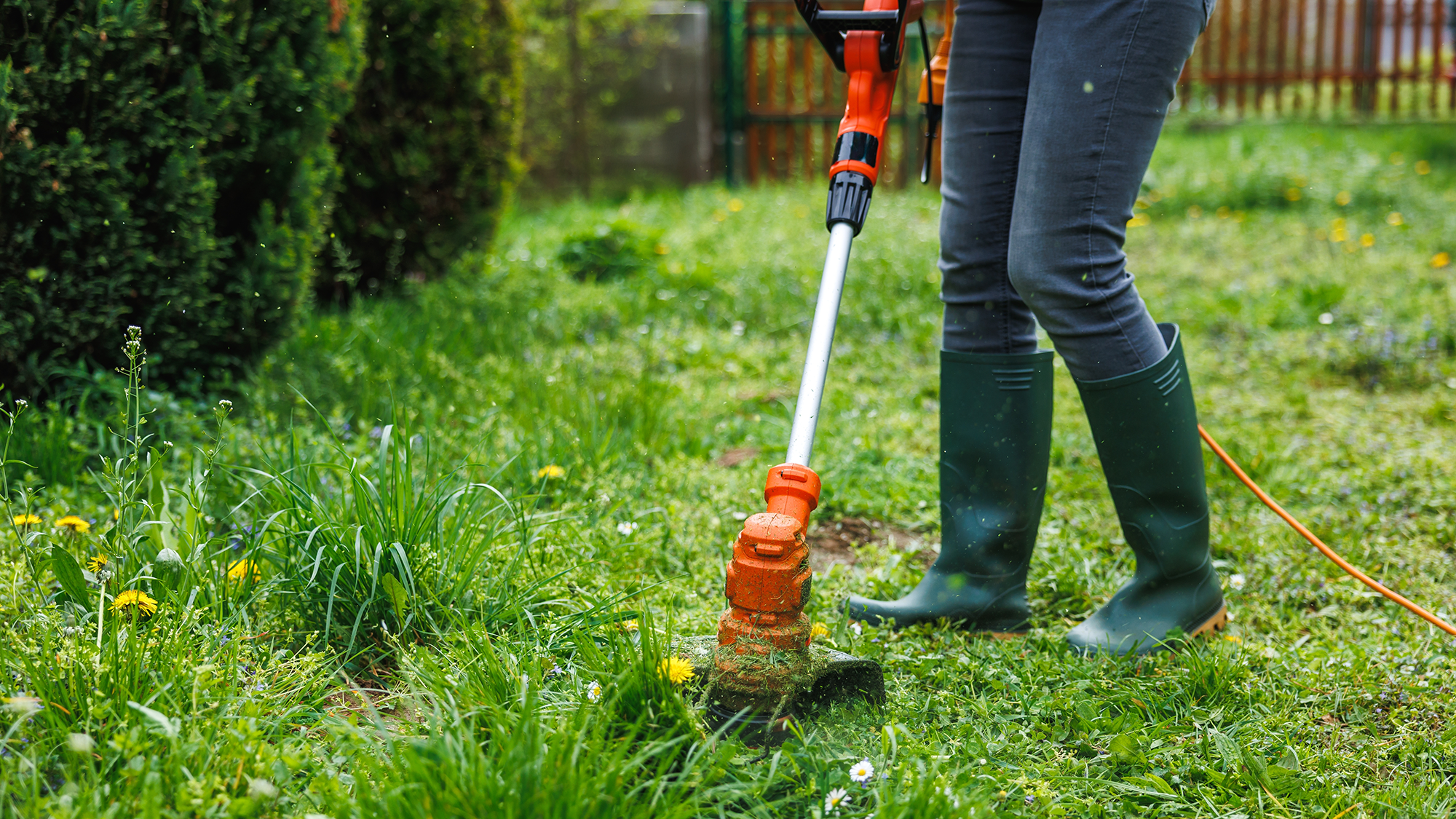
Similarly, maintaining the edges of your lawn is a great way to keep grass healthy and green. “Lawn edging is a quick and easy method to make sure that the area looks tidy and well-managed,” adds Bodell.
“The wet grass that comes with autumn and winter provides an ideal opportunity to start re-trimming your edging, as the softer soil makes it a lot easier to define clear, neat borders.
“Another great tip for keeping your lawn looking healthy is to install a gutter along the edge. This is a good way to prevent excess pooling around flower beds, plant pots, and other garden items that surround it.”
Follow Tom's Guide on Google News and add us as a preferred source to get our up-to-date news, analysis, and reviews in your feeds. Make sure to click the Follow button!
More from Tom's Guide
- 5 mistakes you could be making with your lawn this winter
- How to fix a waterlogged lawn for a healthy yard
- 5 household items that can protect your plants from frost

As the Homes Content Editor, Cynthia Lawrence covers all things homes, interior decorating, and garden-related. She has a wealth of editorial experience testing the latest, ‘must-have’ home appliances, writing buying guides and the handy ‘how to’ features.
Her work has been published in various titles including, T3, Top Ten Reviews, Ideal Home, Real Homes, Livingetc. and House Beautiful, amongst many.
With a rather unhealthy obsession for all things homes and interiors, she also has an interior design blog for style inspiration and savvy storage solutions (get rid of that clutter!). When she’s not testing cool products, she’ll be searching online for more decor ideas to spruce up her family home or looking for a great bargain!
You must confirm your public display name before commenting
Please logout and then login again, you will then be prompted to enter your display name.
